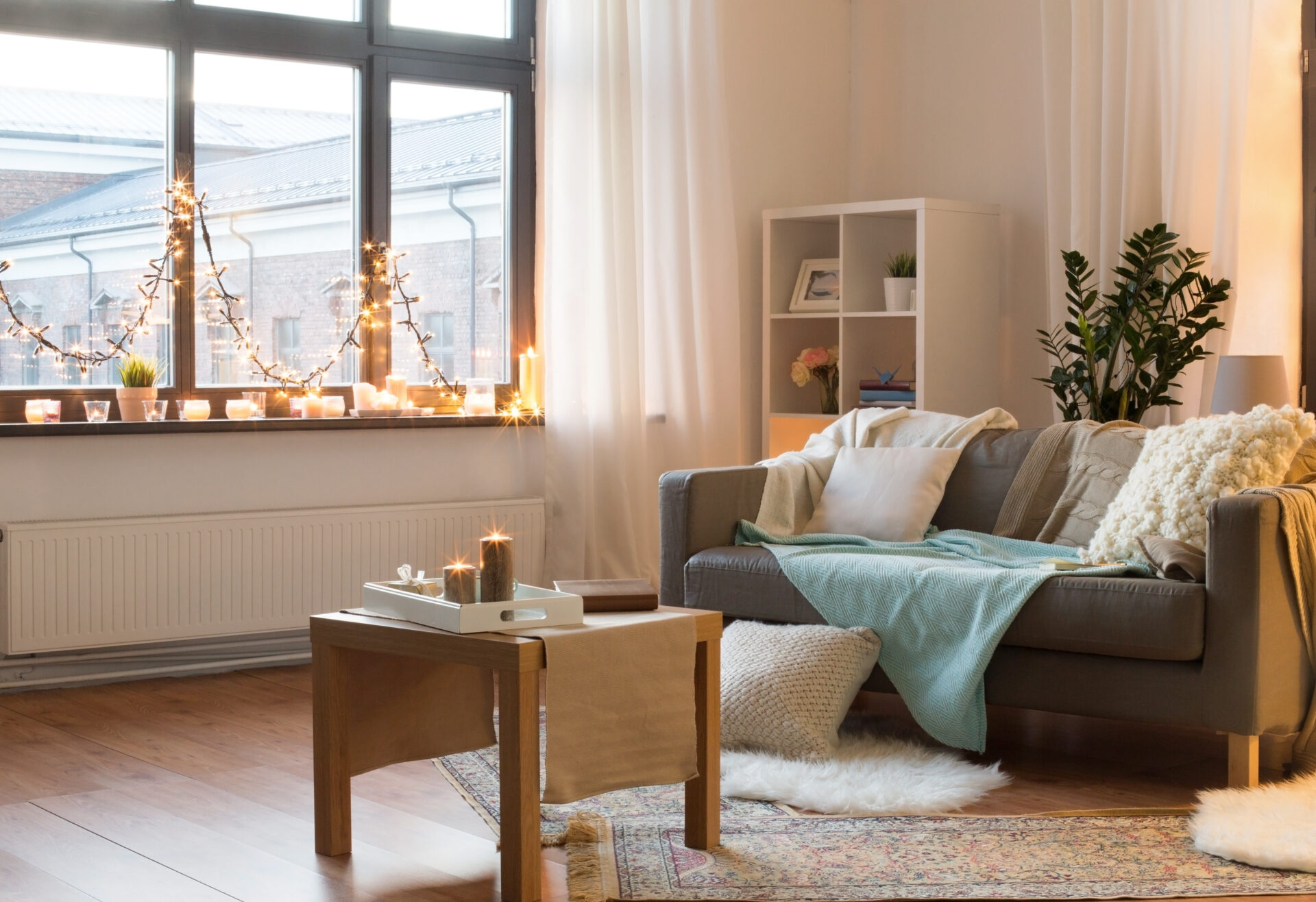The home improvement industry is constantly evolving thanks in large part, to innovative interior design services like Commercial interior design services that are pushing the boundaries.
As experts in spatial functionality and aesthetic design, interior designers have their fingers on the pulse of what’s new and next. Their application of creative solutions transforms ordinary living spaces into personalized sanctuaries.
This article will explore some of the top trends shaped by interior designers who are redefining home improvement in exciting ways.
This article will explore some of the top trends shaped by interior designers who are redefining home improvement in exciting ways
Table of Contents
Sustainable and Eco-Friendly Designs
Interior designers are incorporating sustainability and eco-consciousness into their projects.
Using renewable, recycled, and non-toxic materials promotes green living. Interior designers are sourcing sustainable materials like wool, organic cotton, reclaimed wood, bamboo, cork, and natural stone. These materials are durable, stylish, and environmentally conscious.
Energy-efficient lighting, appliances, heating, and cooling systems also characterize eco-friendly interior design. A focus on indoor air quality and exposure to natural light provides health benefits. Aspen interior designers make sustainability beautiful and attainable.
Some of the Aspen interior designers excel at incorporating these elements seamlessly into their work, turning sustainability into an art form that’s as beautiful as it is accessible.
Smart Home Technology Integration
The integration of smart home technology is a notable interior design trend. Home automation systems that control lighting, temperature, security, and more through mobile apps or voice activation are increasingly popular.
Interior designers are expertly blending these systems into their designs for both functionality and aesthetic appeal. Their designs artfully incorporate smart hubs, lighting, shading, and home entertainment.
Interior designers are also mindful of how technology interacts with furnishings and spatial layouts. The result is tech-savvy, connected spaces reflecting resident lifestyles.
Multifunctional Spaces
Many homeowners seek to maximize limited square footage. Interior designers are responding with innovative multifunctional spaces. Moveable room dividers and partitions create adaptable open floorplans.
Furniture with hidden storage and fold-out capabilities serves multiple needs. Beds that fold into walls or convert into office desks are examples. Durable, convertible furniture allows quick transitions between working, relaxing, exercising, or sleeping within a single space. Interior designers cater their multifunctional designs to the homeowner’s unique activities.
Biophilic Design Elements
Biophilic design connects people to nature’s inherent benefits. Interior designers are integrating more plants, natural lighting, ventilation, textures, materials, and views of nature. These organic elements have been shown to reduce stress and enhance mood and productivity.
Interior designers also mimic biophilic principles in non-natural materials like wood veneers and stone textures. Their expertise in psychology-based design creates tranquil, rejuvenating environments. Access to the outdoors through large windows, skylights, and transition spaces further promotes biophilic well-being.
Bold Colors and Textures
Neutral palettes are giving way to bold, dramatic hues that make a statement. Interior designers are embracing rich tones and chromatic contrasts for excitement. Vibrant accent walls, wallpaper, and color-blocking techniques add energy.
Glossy lacquered built-ins and high-contrast, tactile textures also define this trend. Distressed, layered rugs as well as unique metal and glass furnishings provide depth underfoot and to the touch. Interior designers artfully use color and texture combinations to reflect the homeowner’s personality.
Vintage and Artisanal Accents
In response to mass production, interior designers are sourcing unique vintage and handcrafted pieces. Mid-century modern, 70s retro, and industrial-chic aesthetics are back in vogue. Genuine antiques, locally made furniture, reclaimed wares, and found objects provide authenticity. Custom upholstery, artisanal lighting, and handwoven rugs bring human artistry into a space. Creations by local artists, woodworkers, and metalsmiths support communities. Interior designers expertly incorporate vintage finds and custom accents for one-of-a-kind personalized spaces.
Wellness and Self-Care Spaces
Interior design continues moving towards a holistic sense of well-being within spaces. Designers include layouts and elements to enhance relaxation, social connection, mental restoration, and self-care.
Spa-like bathrooms with soaking tubs, mood lighting, and tranquility gardens promote wellness. Meditation and yoga zones foster spiritual nourishment through minimalism and nature. Tactile, natural materials and muted colors aid mental and emotional balance. By prioritizing health and mindfulness, interior designers create nourishing sanctuaries.
Open Floor Plans Versus Defined Spaces
Open floor plans have dominated home construction, but defined spaces are resurging. Interior designers are reviving separated living spaces while retaining some openness for flexibility.
Private nooks for work and hobbies provide personalization and functionality. Transitional zones between rooms – like large arched openings – maintain visibility. COVID-19 shifted priorities toward private workspaces for remote employment and homeschooling. Interior designers fulfill these needs through an artful balance of openness and intimacy.
Local and Cultural Representation
Interior designers celebrate cultural heritage and artisanal craftsmanship. By sourcing furnishings, materials, and décor locally, interior designers economically support the community. Elements like patterned tiles, textiles, and wood carvings add international flair.
Designers thoughtfully incorporate cultural pieces into a contemporary context. These meaningful details inspire connection. Interior design should tell a story representing homeowners’ roots and diverse experiences.
Outdoor Living Enhancements
Indoor and outdoor living spaces are converging in modern homes. Interior designers create indoor-outdoor flow using massive sliding doors, multiple access points, and visual continuity. Outdoor kitchens and dining areas extend living room dimensions. Patios and decks become open-air family rooms.
Interior designers select durable furnishings and lighting that complement the exterior. Their material choices withstand weathering while promoting cohesion between the inside and outside. With these enhancements, interior designers facilitate seamless, expansive living.
Conclusion
The meaning of home is evolving, and interior designers lead the way in creating personalized living environments. They apply their expertise in spatial functionality, aesthetics, and psychology to craft spaces that nurture body and soul.
The latest interior design trends reflect a paradigm shift towards sustainable, tech-integrated spaces that inspire well-being. While challenging design norms, interior designers also celebrate heritage through artisanal elements. Their visionary talents ensure home improvement continues adapting to enhance our lives.
Interior designers are integral in pioneering the home trends of today that become the staples of tomorrow.





